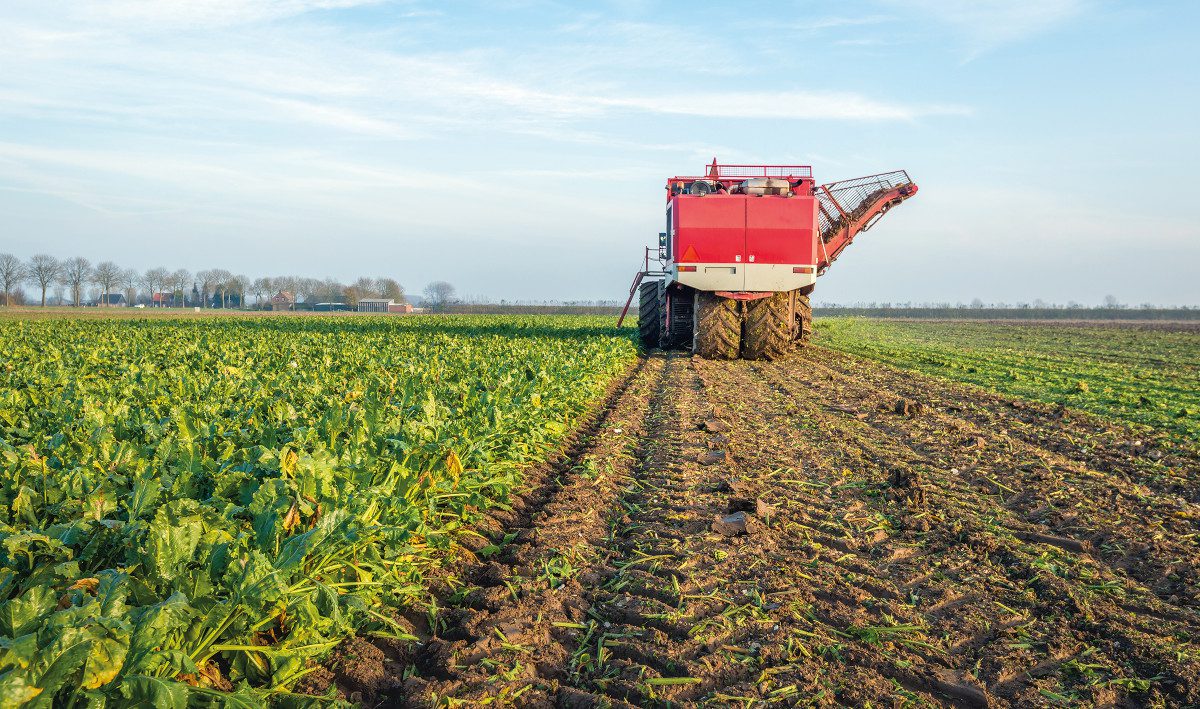
The ongoing nitrogen crisis in the Netherlands and Flanders illustrates how ineffective management of nutrients can lead to both serious ecological damage and political and societal upheaval. To halt ecosystem breakdown and limit costs of further damage, the European Union (EU) needs an integrated nutrient directive that regulates the combined agricultural use of nitrogen and phosphorus, urges a new comment in Nature Reviews Earth & Environment. This directive must go beyond the current, inadequate regulations by taking into account nutrient balances and accounting for regional differences.
The long-term use of fertilizers in industrialised agriculture and the resulting build-up of nitrogen and phosphorus in the environment are contributing to widespread biodiversity loss and ecosystem disruption across Europe.
Knock-on effects
When it comes to plants, the species most at risk are those adapted to low nutrient levels or poorly buffered against acidification. In Europe, ecologically valuable grasslands, heathlands, peatlands, forests, arctic and montane ecosystems are particularly vulnerable. The animal kingdom is not safe either. Nitrogen and phosphorus reach streams and lakes as agricultural run-off. This nutrient pollution can then cause eutrophication, resulting in algal blooms which cloud the water, starve plant life of sunlight and deplete the available oxygen in the water, suffocating fish. This has knock-on effects on fish predators and other species connected to each other through each ecosystem’s complex food web.
“Past and present EU policies have proven to be inadequate for the management of nutrients like nitrogen and phosphorus,” says Martin Wassen, professor in environmental sciences at Utrecht University and lead author of the publication. For example, unabated fertiliser use means phosphorus is accumulating in soils in forms not directly available to crops and in ways that are harmful to the environment. Despite this, farmers continue to fertilise every year, even as mineable phosphorus reserves are becoming scarcer and prices are rising.
Farm to Fork strategy
Current policies also often target only nitrogen, even though ecological impacts arise from the disbalance between nitrogen and phosphorus. The decrease in nitrogen deposition due to EU legislation has substantially increased the phosphorus to nitrogen ratio in several north western European grasslands. “Further reduction of nitrogen deposition without simultaneously reducing phosphorus will drive more grassland species to extinction than if nitrogen is not reduced at all,” explains Wassen.
The need to make food production more sustainable is recognized by the newly adopted Farm to Fork strategy. Part of the European Green Deal, it calls for the reduction of nutrient losses to the environment by at least 50%, and of the use of fertilisers by at least 20% by 2030. “To ensure the success of the Farm to Fork strategy, international policy is urgently needed to promote the sustainable application, re-use and cycling of nutrients,” says co-author Jerry van Dijk, associate professor of restoration ecology and biodiversity conservation at Utrecht University. “For this, we propose an integrated nutrient directive to guide nutrient management action plans across the EU.”
EU-wide approach is necessary
To accomplish this task, the authors argue, the proposed directive needs to include methods of accounting for the different ways nutrients behave in the environment depending on, for example, soil type, water content, nutrient balances, or agricultural context. The directive would also include site and crop-specific precision farming, where fertiliser is applied based on need.
“The international dimension of the problem makes the EU the logical authority to implement the directive,” argue the authors. Nitrogen emissions diffuse over Europe through the atmosphere, and nitrogen and phosphorus travel across borders through our rivers. “These nutrients are everyone’s problem. Moreover, an EU-wide approach is also necessary to avoid simply displacing nitrogen emissions from one EU country to another”.
“This directive would also contribute to existing EU environmental goals by shifting focus to the sources of pollution and motivating member states to together work towards sustainable agricultural practices across Europe,” conclude the authors.






